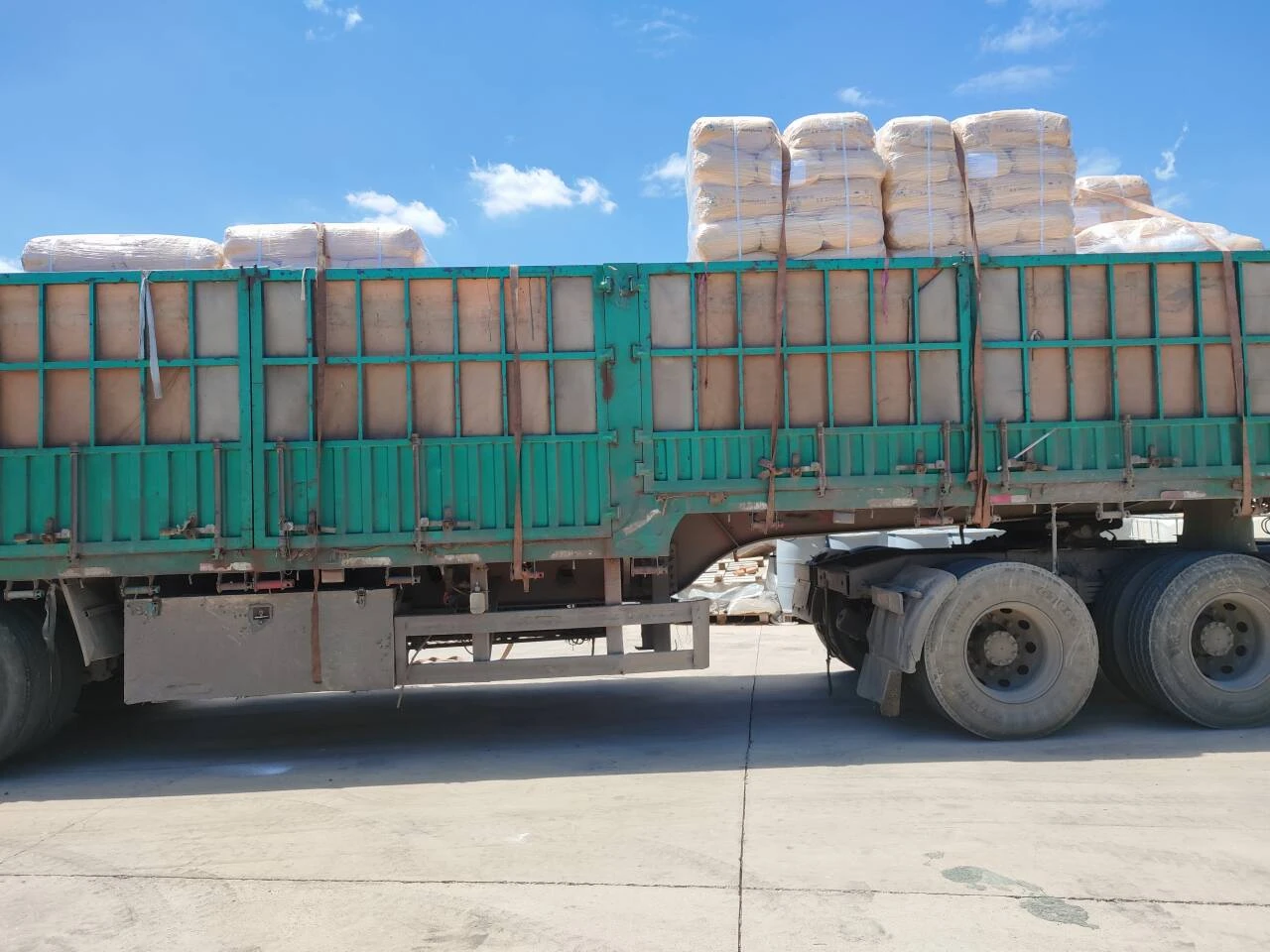Understanding Anionic Polyacrylamide (PAM) and Its Applications
Anionic Polyacrylamide (PAM) has gained significant attention in various industries due to its versatility and effectiveness as a flocculant, sedimentation aid, and soil conditioner. This water-soluble polymer is a derivative of acrylamide, with anionic groups incorporated into its structure, which enhances its performance in diverse applications ranging from wastewater treatment to agriculture.
Properties and Composition
Anionic PAM is characterized by its high molecular weight and the presence of negatively charged functional groups. These properties make it particularly effective at interacting with positively charged particles, facilitating the aggregation of suspended solids in aqueous solutions. The polymer's solubility, viscosity, and ability to form gels play crucial roles in its functionality across various settings.
The primary composition of anionic PAM includes acrylamide monomers, whose polymerization yields long chains that can be tailored to meet specific needs by adjusting the molecular weight and degree of anionicity. These modifications allow for a range of PAM products that can cater to specific industrial requirements.
Applications in Water Treatment
One of the most prominent uses of anionic PAM is in the field of water treatment. Municipal and industrial wastewater treatment plants utilize this polymer to improve the settling of solids and enhance the clarity of effluent. When introduced to wastewater, anionic PAM binds with suspended particles, promoting their aggregation into larger flocs that can be easily removed. This process significantly reduces the turbidity of water and ensures compliance with environmental regulations.
In addition to municipal applications, anionic PAM is also widely employed in the oil and gas industry for drilling and hydraulic fracturing. The polymer functions as a viscosifier, improving the efficiency of drilling fluids by enhancing the transport of drill cuttings and stabilizing boreholes.
Agricultural Benefits
anionic pam

Anionic PAM has also found a place in agriculture, primarily for soil erosion control and water retention. When applied to soil, anionic PAM helps to bind soil particles together, reducing erosion caused by wind and water. Furthermore, it enhances the soil's ability to retain moisture, which is crucial for crops in arid regions. By creating a more stable soil structure, anionic PAM contributes to improved crop yields and sustainable farming practices.
Innovative application methods, such as mixing the polymer with irrigation water, enable farmers to benefit from its properties with minimal effort. As environmental concerns rise, the use of anionic PAM has become invaluable for promoting soil health while minimizing the need for chemical fertilizers, thus linking agricultural productivity with ecological conservation.
Environmental Considerations
Despite the many advantages of anionic PAM, it is essential to consider its environmental impact. The use of acrylamide in the production of PAM raises concerns due to its potential toxicity. However, when used appropriately and within regulated limits, the environmental risks can be managed effectively.
Efforts are being made to develop biocompatible alternatives to traditional synthetic PAM, aiming to reduce environmental footprints while maintaining efficacy in applications. Biopolymers derived from natural sources are being explored as sustainable substitutes for anionic PAM, providing similar benefits without the associated risks.
Conclusion
Anionic Polyacrylamide is a powerful tool across various sectors, including wastewater treatment, oil and gas, and agriculture. Its unique properties allow it to serve as an effective agent for enhancing processes that require the management of solid-liquid separation and soil stabilization. However, as industries and environmentalists push towards sustainability, the development of environmentally friendly alternatives remains a critical focus.
The future of anionic PAM and its substitutes may well shape the practices of several industries, balancing efficiency with the responsibility of protecting our planet. Overall, understanding the diverse applications and implications of anionic PAM is crucial for leveraging its benefits while minimizing potential risks, ensuring that it continues to be a valuable resource in addressing the challenges of modern industry and agriculture.

